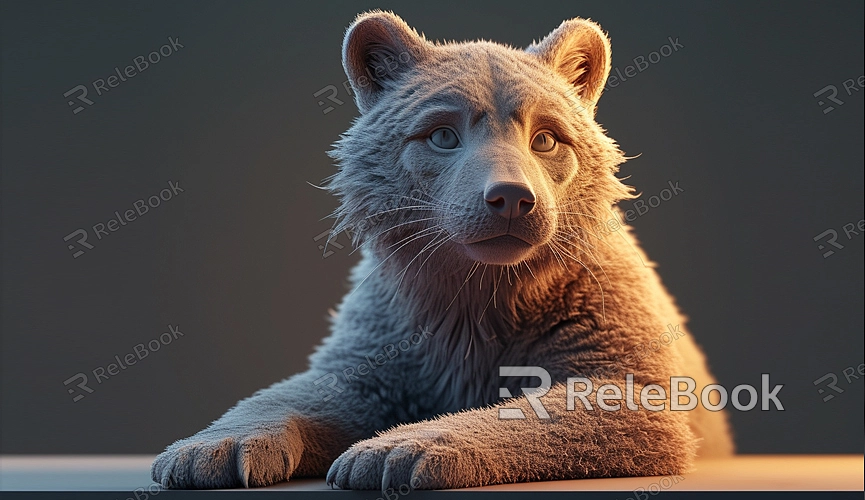How to Make a 3D Model in Scratch
Scratch is a programming tool designed for kids, but its capabilities extend beyond simple animations and games. While Scratch does not support direct creation of 3D models, you can use various techniques and tools to achieve 3D effects. This article provides a detailed guide on how to create a 3D model in Scratch, making your projects more dynamic and engaging.
Choosing the Right Tools
To create 3D models, you will need some auxiliary tools. Typically, you can use 3D modeling software like Blender or Tinkercad to create your models and then export them in a format suitable for Scratch.

Creating a Basic Model
Start by creating a simple 3D model in Blender or Tinkercad. You can begin with basic geometric shapes such as cubes, spheres, or cylinders. Ensure that the model’s complexity is manageable to ensure smooth display in Scratch.
Exporting the Model
Export the created 3D model in .obj or .stl format. Both Blender and Tinkercad support exporting in these formats, so choose the one that fits your project.
Converting the Model to 2D Images
Since Scratch cannot directly import 3D models, you need to convert the 3D model into a series of 2D images that simulate 3D effects. Use Blender’s rendering feature to render the model from different angles. Ensure that each angle's image has a consistent resolution to maintain uniformity in the effect.
Importing into Scratch
Open Scratch and create a new project. Use the “Upload Costume” feature to upload the 2D images you rendered. Each image will serve as a different costume for a sprite, and by switching between these costumes, you can simulate a 3D effect.
Coding for 3D Effects
Write code in Scratch to control the switching of costumes for the sprite. You can use arrow keys or mouse drag to control the rotation effect of the sprite. Here is a simple code example that uses arrow keys to control the sprite’s rotation:
```scratch
when green flag clicked
forever
if
switch costume to [next v]
if
switch costume to [previous v]
wait (0.1) seconds
```
This simple code switches the sprite’s costume based on user input, creating a 3D rotation effect.
Optimizing and Enhancing the Effect
To make the 3D effect more realistic, you can add smooth rotation and scaling features to your code. For example, you can use variables to control rotation angles and scaling ratios, adjusting these variables to create more complex 3D effects.
Creating 3D models in Scratch can be used not only for display but also for various interactive projects. For instance, you can create a 3D maze game where players use the keyboard to navigate the maze, enhancing the gaming experience.
If you need high-quality 3D textures, HDRIs, or downloadable 3D models for your projects, you can find them on Relebook. After downloading, you can directly import the textures and 3D models into your project for immediate use. Although Scratch does not support direct 3D modeling, with clever conversion and programming, you can still achieve 3D effects in Scratch. This not only enhances the visual appeal of your projects but also sparks interest in programming and 3D modeling among children.

